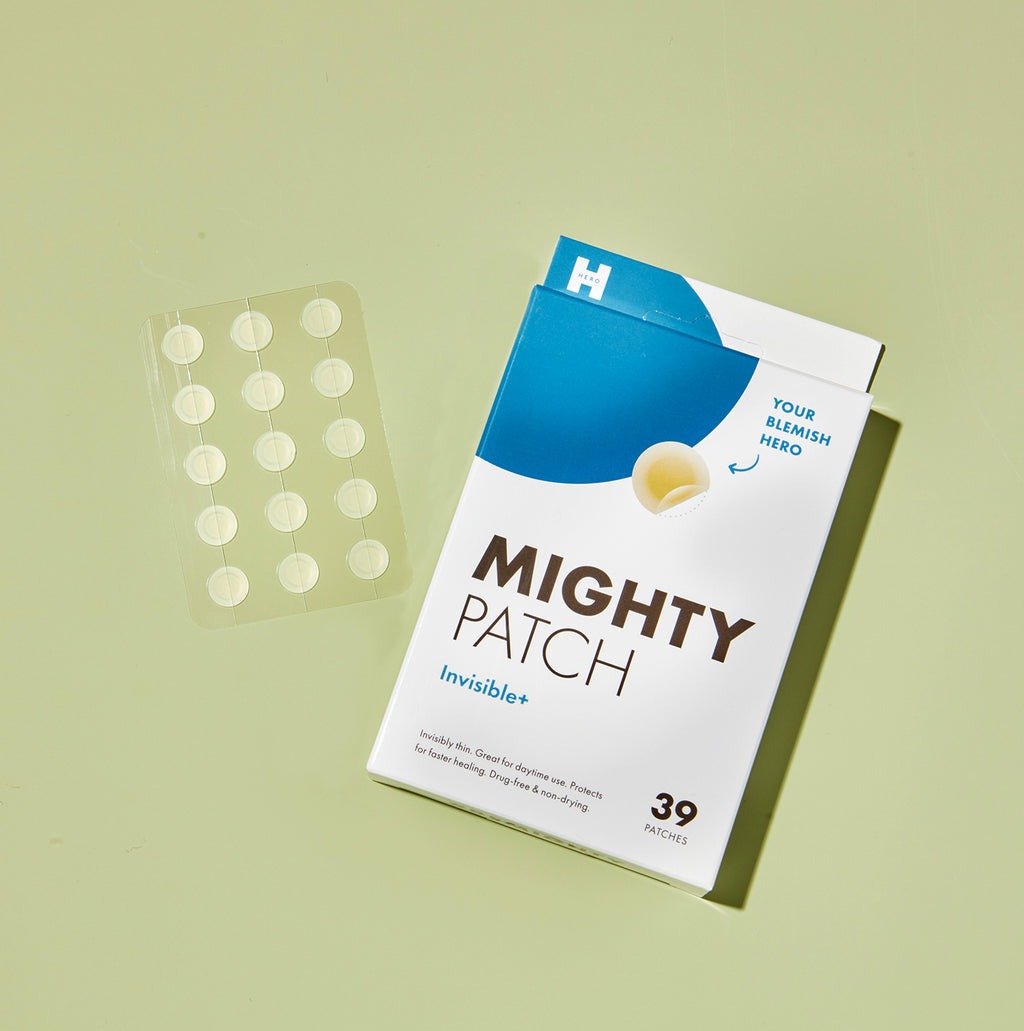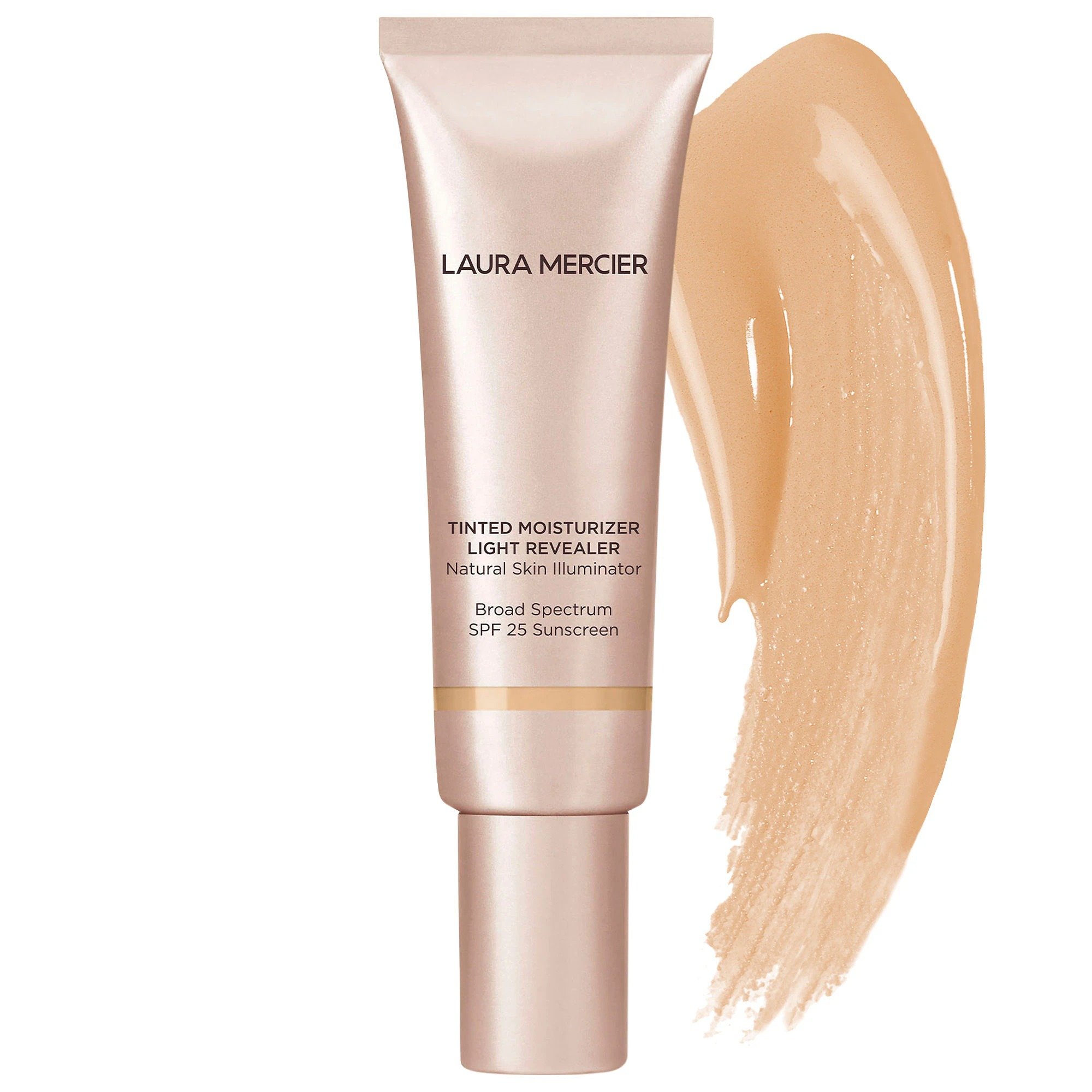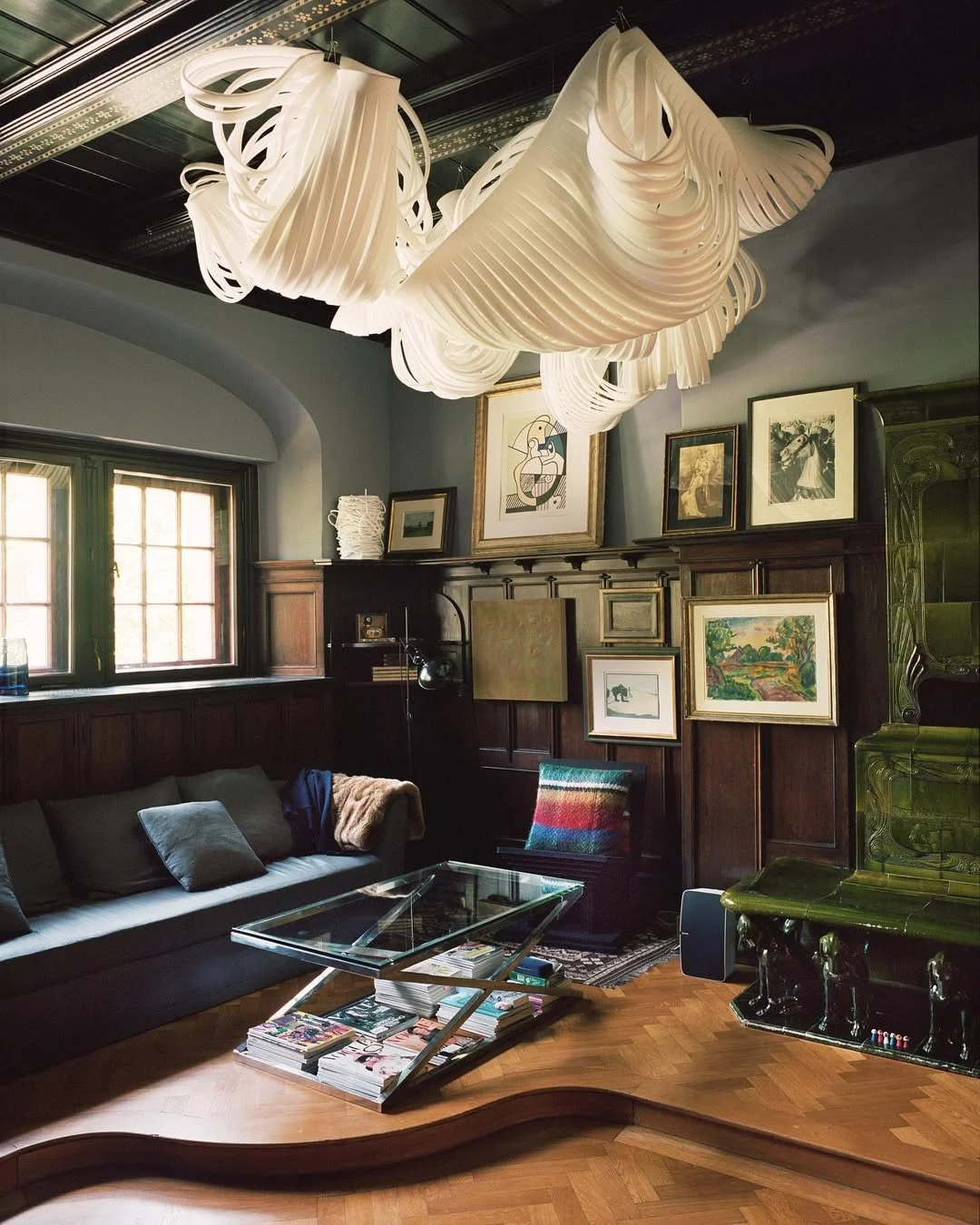Clear Skies Ahead: A Take on Acne
In a dimly lit pharmacy on Rue Saint-Honoré, just a stone’s throw from Paris’s Jardin des Tuileries, there’s a quiet hum of conversation about everything from jet lag to jet-set skincare. On one shelf, nestled between eau de toilettes and a stack of pharmacy-fresh Avène creams, sits an understated box of hydrocolloid patches. No branding shouts. No influencer’s face emblazoned. Just quiet promise in matte packaging. Subtle solutions for something many prefer to ignore in polite company: acne.
And yet, acne is hardly rare, nor something to be dismissed. Like a poor night’s sleep or an especially humid commute, it’s one of the few levellers in an otherwise curated world. But as with all things, nuance reigns. Not all blemishes are created equal, and neither are the ways we address them. The road to clearer skin isn't lined with neon promises or clinical detachment.
It's one of balance. Specifically, the kind of even-toned, lit-from-within glow that feels more rested than radiant, more relaxed than refracted. In other words, the sort of skin that implies good taste, good health, and just the right amount of good fortune.
A Delicate Strategy
To begin, forget the blanket cures and silver bullets. Acne, after all, isn’t a monolith. What appears as a flushed bump on one face may manifest as a deeper cystic eruption on another. And when left to fester (or worse, fiddled with) it can leave behind not just textural scarring but also a mottled mosaic of post-inflammatory pigmentation. In a culture that increasingly privileges barefaced confidence, that matters.
That’s where the hydrocolloid patch makes its subtle entrance. Not all are equal, of course. At their best, these whisper-thin discs act like an occlusive shield, drawing out excess fluid from blemishes on the brink of eruption. At their worst, they’re cosmetic gimmicks—ill-fitting or irritating in form.
The ideal patch, be it the minimalist Neutrogena “Stubborn Acne” iteration or Mighty Patch’s featherlight “Invisible” version, performs best when applied post-shower, when the skin is supple and warm. The pimple, too, should be ready: taut with pressure, “juicy” in the parlance of dermal realists. Apply at night, leave for several hours (even if twelve is wishful thinking), and resist the urge to prod.
For the aesthetes among us, Starface’s whimsical star-shaped versions provide a touch of levity. But do avoid patches with “micro-darts” or aggressive actives like salicylic acid in concentrated form. They may promise targeted treatment, but their abrasiveness can lead to further irritation.
More intriguing are the brightening patches from Panoxyl. Though oversized and, aesthetically speaking, a touch brutish, they pack a trio of hero ingredients (tranexamic acid, niacinamide, and vitamin C) that quietly support the fading of brown residual marks. It’s not glamour, but it’s honest skincare.
Beyond the Patch
If a blemish has flattened, leaving behind a tell-tale blotch, a pink or brown echo of what was, it's time to pivot. One gentle yet efficacious tactic is to employ a treatment mask as a targeted overnight remedy. The “Major Fade Flash Mask” from Dr. Idriss is one such example: intended for full-face use, yes, but remarkably deft when applied to individual marks over several consecutive nights. By morning, there’s a softness to the discolouration and a sense of things lifting.
Equally critical, though often overlooked, is the humble cleanser. A misstep here, too harsh, too hurried, and the skin is pushed into overdrive, overproducing oil to compensate for stripped natural moisture. That infamous “tight” sensation post-wash? It’s not a sign of cleanliness; it’s a cry for help.
For oily or breakout-prone skin, a salicylic acid cleanser is smart so long as it’s granted adequate time to act. If inflammation runs high or pustules abound, a benzoyl peroxide wash, kept in the shower to avoid bleaching towels, is pragmatic. Three to four times weekly is plenty. For those navigating the line between acne and rosacea, a sulfur-based cleanser used as a short mask can rebalance the skin’s ecosystem without tipping into harshness.
Serum, Meet Purpose
Enter the serums. When acne is a consistent intruder, a two-pronged approach holds promise. First, salicylic acid: best in serum form for those seeking deeper pore penetration. Paula’s Choice is always dependable. Use it at night, and pair with a minimalist hydrator or simply a well-formulated SPF in the morning.
The second is retinol. Beyond its well-touted powers against fine lines and uneven texture, it’s also a quiet warrior against comedones. Ole Henriksen’s 0.3% Retinol Serum, for example, balances potency with restraint and is a suitable entry point for those seeking refinement without the sting.
Intelligent Hydration
The moisturiser, too, earns its place in this assembly, though not the heavy kind that sits atop the skin like a clingy dinner guest. Instead, opt for something that wears light, hydrates deeply, and offers a brightening boost. A moisturiser infused with vitamin C, ideally in gel form, can be both clarifying and calming. The dual function ensures it plays well under sunscreen and pairs neatly with retinol’s evening shift. Which brings us to that most contested of skincare staples: SPF.
The Discipline of Sunscreen
A breakout’s aftermath, pigmented, raw, and resentful, is especially vulnerable to the sun. To skip sunscreen out of fear it will worsen acne is to misunderstand its function. The right SPF, worn daily, is not a burden but a gift. Protection, yes, but also an investment in long-term evenness.
The market is finally delivering formulas that do more than defend—they delight. One standout is the tinted mineral sunscreen from Beauty of Joseon, a Korean brand whose fluid SPF 40 leaves a luminous veil. For those seeking something more substantial, Supergoop’s “Protec(tint)” daily zinc formula offers SPF 50 and a blurring finish that could pass for light makeup. Laura Mercier’s tinted moisturiser with SPF 25 remains a staple, melding French ease with Californian glow. And Allies of Skin’s invisible SPF 50 gel disappears entirely.
Final Flourishes
There are other gestures, of course, that support the skin. Flip the pillowcase nightly. Replace it twice a week. Drink water, yes, but not with the expectation of a miracle. And diet? Avoiding sugar and overly processed foods can help, but so can the occasional slice of gâteau enjoyed in good company. As always, moderation outpaces martyrdom.
So, when the inevitable blemish surfaces, on a Monday before a client meeting, or en route to a long weekend in Milan, resist the urge to attack. Instead, reach for the patch, the serum, the ritual. Trust the process. And remember: the goal isn’t perfection. It’s care, patience, and a life well-lived.



















